The Rise of Urban Forests: Creating Green Spaces in Concrete Jungles
In today's rapidly urbanising world, cities are facing numerous environmental challenges, from rising temperatures to declining biodiversity. However, a growing movement is taking root, offering a unique solution to these issues: urban forests. These small-scale green spaces, often referred to as micro forests or tiny forests, are transforming once barren areas into thriving ecosystems. By planting native trees and shrubs in compact spaces, urban forests are not only beautifying cities but also providing a host of environmental benefits.
The idea of urban forests originated in Japan with the pioneering work of botanist Akira Miyawaki. His method involved planting young indigenous species close together to rapidly regenerate forests on degraded land. The Miyawaki method, as it came to be known, focused on mimicking the natural composition of forests and encouraging biodiversity. This approach gained popularity and has since been adopted worldwide, with countries like the Netherlands, India, and the United States embracing the concept.
The Benefits of Urban Forests
Biodiversity and Ecosystem Restoration
One of the primary benefits of urban forests is their ability to attract and support biodiversity. These small green spaces act as havens for insects, birds, and other wildlife, providing shelter and food sources in otherwise concrete-dominated environments. Research conducted in Dutch tiny forests revealed the presence of numerous animal and plant species, including bees, snails, spiders, and earthworms. Volunteers observed over 600 animal species and identified 298 plant species, showcasing the potential for urban forests to boost local biodiversity.
Carbon Sequestration and Climate Change Mitigation
Urban forests also play a role in mitigating climate change by sequestering carbon dioxide from the atmosphere. Preliminary research indicates that the planting method used in urban forests can result in significant carbon sequestration. Studies conducted in the Netherlands found that these forests sequestered an average of 127.5 kilograms of carbon per year. As the forests mature, this sequestration rate is expected to increase. While urban forests alone cannot solve the climate crisis, they contribute to overall carbon reduction efforts and provide a tangible way for communities to engage in climate action.
Enhanced Urban Resilience
As cities grapple with the effects of climate change, urban forests offer a means of enhancing resilience. These green spaces help to mitigate the urban heat island effect by providing shade and evaporative cooling, thereby reducing temperatures in built-up areas. They also aid in stormwater management by absorbing and filtering rainwater, reducing the risk of flooding and improving water quality. Additionally, urban forests promote air quality improvement by capturing pollutants and releasing oxygen, leading to healthier and more livable cities.
Planting and Maintaining Urban Forests
The Miyawaki Method: A Key to Success
The success of urban forests lies in the implementation of the Miyawaki method or similar approaches that prioritize native species and dense planting. By selecting tree and shrub species that are adapted to the local environment, urban forests can establish resilient ecosystems that require minimal maintenance. The Miyawaki method, in particular, emphasizes the importance of surveying nearby forests to identify native species for inclusion in the urban forest. This ensures the creation of a self-sustaining ecosystem that mimics natural forest composition.
Community Engagement and Partnerships
The establishment of urban forests often involves collaboration between various stakeholders, including local governments, community groups, and environmental organisations. In Ireland, for example, Our Urban Forest initiative has partnered with schools, municipalities, and volunteers to create over 32 small forests across the county of Dublin. This collaborative approach not only fosters a sense of ownership and connection to nature but also spreads awareness about the importance of urban forests in tackling environmental challenges.
Just some of the wonderful businesses supporting our mission as dedicated CoolPartners
Corporate Volunteering and Gift Trees
In some cases, corporate entities have played a significant role in supporting the establishment of urban forests. Through corporate volunteering programs, businesses partner with environmental organisations to actively participate in tree planting and maintenance activities. These initiatives provide employees with opportunities to engage in environmental stewardship, promote team building, and contribute to their local communities. At Cloudforests we have just launched our Corporate Volunteering programme to allow companies engage with nature.
Moreover, individuals can contribute to urban forest initiatives by purchasing gift trees .At Cloudforests we offer native Irish trees as eco-friendly gifts. By buying and gifting these trees, individuals can support the planting and maintenance of urban forests while simultaneously promoting biodiversity and mitigating climate change.
At the Cloudforests shop you can support our urban tree planting programme from as little as five euro
The Future of Urban Forests
The momentum behind urban forests is growing, with more cities around the world recognizing their potential to create greener and more sustainable urban environments. Governments, community groups, and individuals are increasingly embracing the concept and actively participating in urban forest initiatives. As these forests continue to mature, their environmental benefits will only become more evident, inspiring further adoption and expansion of the urban forest movement.
In conclusion, urban forests offer a powerful solution to the environmental challenges faced by cities. They provide a multitude of benefits, from enhancing biodiversity to sequestering carbon and improving urban resilience. By engaging communities, fostering partnerships, and employing innovative planting methods, urban forests have the potential to transform concrete jungles into vibrant, green spaces. As we look to the future, the growth of urban forests will undoubtedly contribute to a more sustainable and livable planet.
Get Involved
How can you get involved?


